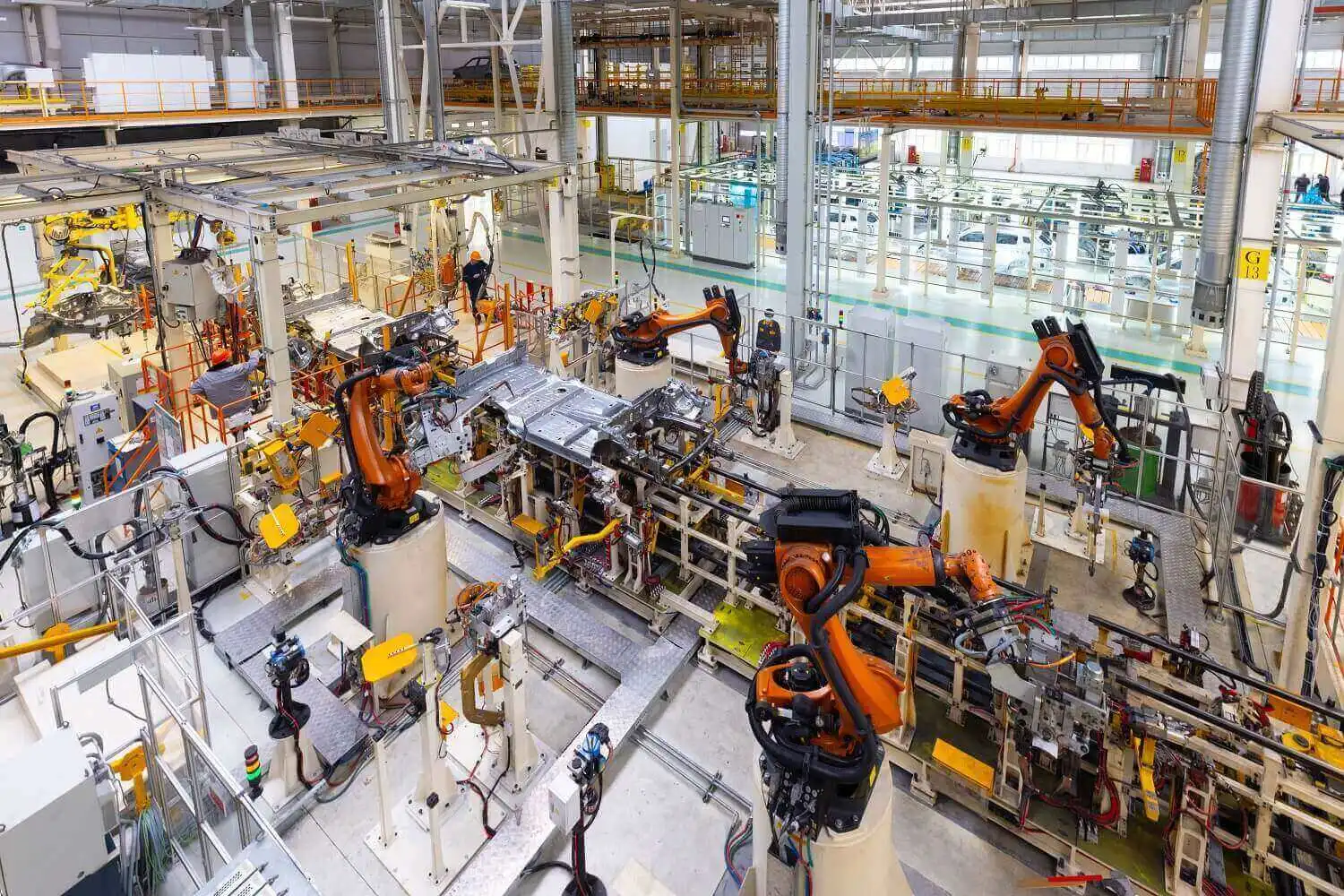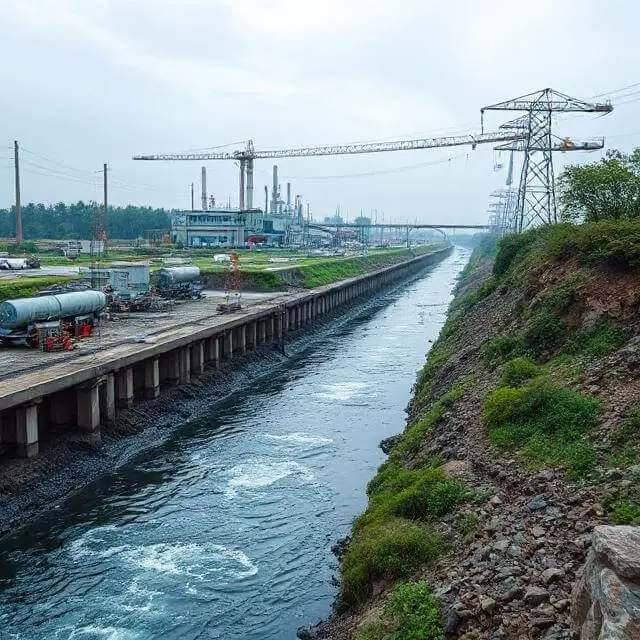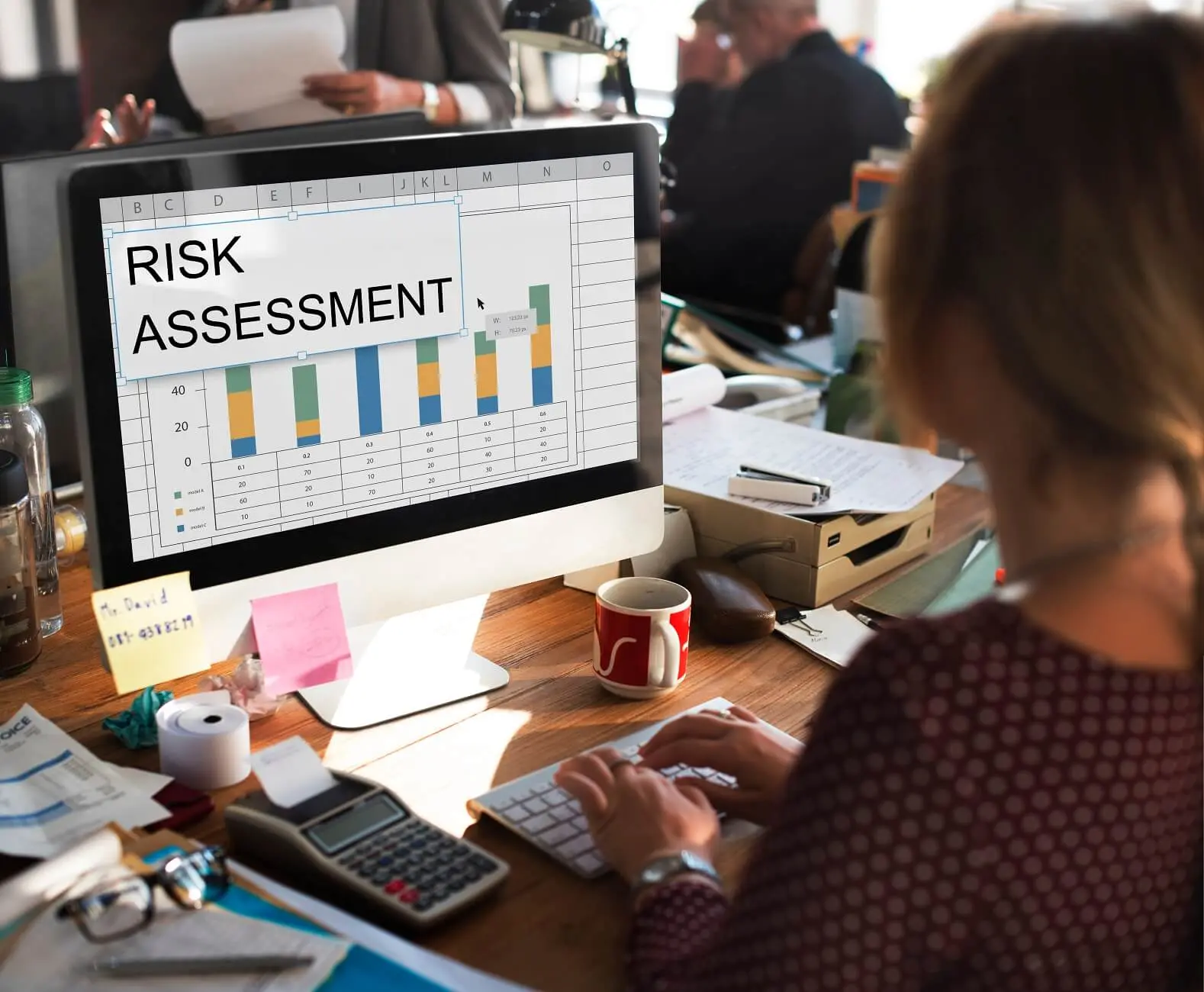Services
Home / Services
Advanced Manufacturing & High-Tech Industries
Advanced manufacturing encompasses a wide range of processes and technologies, including automation and robotics, which enhance precision and reduce labor costs. Automated assembly lines can operate continuously, increasing productivity significantly. Additive manufacturing, often referred to as 3D printing, allows for the creation of complex shapes and structures that traditional manufacturing methods cannot achieve. This technology enables rapid prototyping and reduces material waste.Smart manufacturing involves the use of Internet of Things (IoT) devices, sensors, and data analytics to monitor and optimize production processes in real-time. Smart factories leverage data to enhance efficiency, quality, and flexibility. Additionally, advanced manufacturing places a strong emphasis on sustainable practices, including the use of renewable energy sources, waste reduction techniques, and the development of eco-friendly products.
High-tech industries focus on the development and application of advanced technologies. They include information technology (IT), which has transformed communication and business operations. IT companies are at the forefront of innovation, creating software, hardware, and services that drive productivity and connectivity. Biotechnology is another critical sector, utilizing biological systems and organisms to develop products and technologies that improve health, agriculture, and environmental sustainability. This includes pharmaceuticals and genetically modified organisms (GMOs). Aerospace and defense involve the design and manufacturing of aircraft, spacecraft, and defense systems, requiring advanced engineering and manufacturing techniques driven by stringent safety and performance standards.The electronics industry encompasses the production of devices such as smartphones, computers, and consumer electronics. Continuous innovation in materials and components is crucial to maintaining competitiveness in this sector.
JCM Engineering helps clients integrate advanced manufacturing technologies, including automation, robotics, and smart systems, to enhance efficiency and reduce costs. We provide innovative solutions for sustainable practices and optimized production processes. Our expertise extends to IT, biotechnology, aerospace, and electronics, ensuring cutting-edge advancements. We assist in data-driven decision-making and compliance with industry standards. With JCM Engineering, businesses stay competitive in an evolving technological landscape.


Sustainable Environmental Solutions
One of the most significant sustainable solutions is the transition to renewable energy sources. Solar, wind, hydroelectric, and geothermal energy offer alternatives to fossil fuels, which are major contributors to greenhouse gas emissions. By investing in renewable energy infrastructure, communities can reduce their carbon footprint, create jobs, and enhance energy security. For example, solar panels can be installed on residential rooftops and commercial buildings, allowing individuals and businesses to generate their own electricity while reducing reliance on conventional power grids.
Sustainable agriculture is another critical component of environmental solutions. This approach focuses on producing food in a way that conserves resources, protects ecosystems, and promotes biodiversity. Techniques such as crop rotation, organic farming, and integrated pest management help minimize environmental impact while maintaining soil health and increasing yields. Sustainable agriculture also emphasizes local food systems, reducing transportation emissions and supporting local economies.
Effective waste management is essential for sustainable environmental solutions. The traditional linear economy, characterized by a “take-make-dispose” model, leads to excessive waste and resource depletion. In contrast, the circular economy aims to keep resources in use for as long as possible by reusing, recycling, and refurbishing products. This approach reduces waste, conserves resources, and minimizes environmental impact. Programs that promote recycling and composting can significantly decrease landfill waste and promote a more sustainable approach to consumption.
JCM Engineering provides innovative engineering solutions to support sustainable environmental initiatives. We assist clients in adopting renewable energy technologies, optimizing energy efficiency, and reducing carbon footprints. Our expertise extends to sustainable agriculture, promoting eco-friendly farming techniques and resource conservation. We also develop waste management strategies, helping businesses implement circular economy practices. With JCM Engineering, clients achieve sustainability goals while enhancing operational efficiency.
Energy & Resource Management
Resource management encompasses the sustainable use of natural resources, including water, minerals, and biodiversity. Effective resource management strategies include:


Water Infrastructure & Management
Integrated Water Resource Management (IWRM) is a holistic approach that promotes the coordinated development and management of water resources, considering social, economic, and environmental factors. Key principles of IWRM include:
Strategic Consulting & Advisory Services
Strategic consulting and advisory services play a crucial role in helping organizations navigate complex business landscapes, make informed decisions, and achieve their long-term goals. These services are designed to provide expert insights, strategies, and solutions tailored to the unique challenges and opportunities faced by businesses across various industries.
Strategic consulting involves working closely with organizations to develop and implement effective business strategies. Consultants analyze a company’s current situation, identify areas for improvement, and recommend actionable plans to enhance performance. Key areas of focus in strategic consulting include:
JCM Engineering offers expert strategic consulting and advisory services to help clients navigate complex business challenges and achieve long-term success. We provide in-depth market analysis, business strategy development, and change management solutions tailored to industry needs. Our team helps organizations identify growth opportunities, optimize performance, and adapt to evolving market dynamics. By leveraging data-driven insights, we ensure informed decision-making and sustainable business transformation. With JCM Engineering, clients gain a competitive edge through strategic planning and effective execution.


Property, Buildings & Urban Development
Property, buildings, and urban development are integral components of societal growth and infrastructure. They encompass the planning, design, construction, and management of residential, commercial, and public spaces. As cities expand and populations grow, effective urban development becomes crucial for creating sustainable, livable environments that meet the needs of diverse communities.
The property development process encompasses several stages, from conception to completion. Key steps include:
JCM Engineering provides expert solutions for property, buildings, and urban development, ensuring sustainable and efficient infrastructure growth. We support clients through market research, site selection, and strategic planning to optimize project feasibility. Our expertise in design, regulatory compliance, and project management ensures smooth execution from concept to completion. We integrate smart and sustainable development practices to create livable and future-ready spaces. With JCM Engineering, clients achieve high-quality, resilient, and well-planned urban developments.
Team Structuring in Service Delivery
There are several common types of team structures that organizations can adopt, each with its strengths and weaknesses:
JCM Engineering provides expert guidance in structuring teams for efficient service delivery, ensuring optimal collaboration and productivity. We help organizations implement functional, cross-functional, matrix, or self-managed team structures based on their unique needs. Our approach enhances coordination, innovation, and resource allocation while minimizing operational challenges. By fostering effective communication and accountability, we enable businesses to streamline workflows and improve service outcomes. With JCM Engineering, clients achieve well-structured, high-performing teams tailored to their goals.


Recruiting for the Projects
Recruiting for projects is a critical process that directly influences the success of any initiative. Whether in construction, IT, marketing, or other sectors, assembling the right team with the right skills and attitudes is essential for meeting project goals, deadlines, and quality standards. Effective recruitment strategies not only ensure that the project is staffed with capable professionals but also support the overall organizational culture and long-term objectives.
The recruitment process for projects typically involves several key steps:
JCM Engineering provides expert recruitment solutions to ensure projects are staffed with the right talent for success. We help define project requirements, develop effective hiring strategies, and identify top candidates through rigorous screening. Our structured approach includes interviews and assessments to evaluate skills, experience, and cultural fit. By aligning recruitment with project goals, we enhance efficiency and team performance. With JCM Engineering, clients build strong, capable teams to drive project success.
Risk Analyses in the Project
Risk analysis in projects is a systematic process that identifies, evaluates, and prioritizes potential risks that could impact the successful completion of a project. Understanding and managing these risks is crucial for ensuring that project objectives are met within the defined scope, time, and budget. Effective risk analysis allows project managers and teams to proactively address uncertainties, minimize negative impacts, and capitalize on opportunities.
The risk analysis process typically involves several key steps:
JCM Engineering provides comprehensive risk analysis solutions to help clients identify, assess, and mitigate project risks effectively. We assist in prioritizing risks based on impact and likelihood, ensuring proactive management strategies are in place. Our approach includes developing tailored mitigation plans to minimize disruptions and enhance project resilience. Through continuous monitoring and review, we help clients adapt to evolving risks and maintain project stability. With JCM Engineering, businesses achieve risk-informed decision-making for successful project execution.


Customized Financial Consultancies in the Projects
Customized financial consultancies offer a variety of services tailored to the needs of specific projects, including:
JCM Engineering offers customized financial consultancy services to ensure efficient financial planning and management for projects. We assist clients in budgeting, cost control, and optimizing funding strategies to align with financial objectives. Our expertise includes identifying cost-saving opportunities, managing expenditures, and structuring capital for sustainable growth. We provide accurate financial reporting and analysis to track project performance and ensure financial stability. With JCM Engineering,
clients achieve effective financial oversight and strategic decision-making for project success.
Technology Transferring Trainings, Customized for the Projects
A successful customized training program for technology transfer typically includes several key elements:
JCM Engineering provides customized technology transfer training programs tailored to project-specific needs, ensuring seamless adoption of new technologies. We conduct thorough needs assessments to identify skill gaps and develop targeted training content. Our programs utilize diverse delivery methods, including in-person workshops, online modules, and interactive sessions for effective learning. Practical application through real-world exercises enhances skill retention and confidence. With JCM Engineering, clients achieve efficient technology integration and workforce upskilling for project success.
